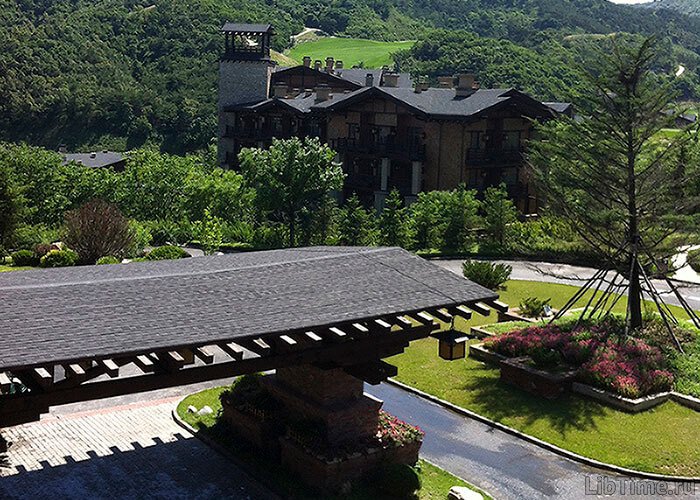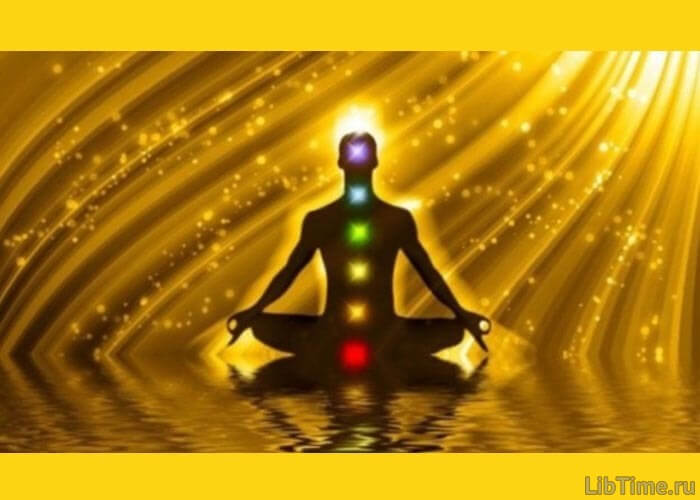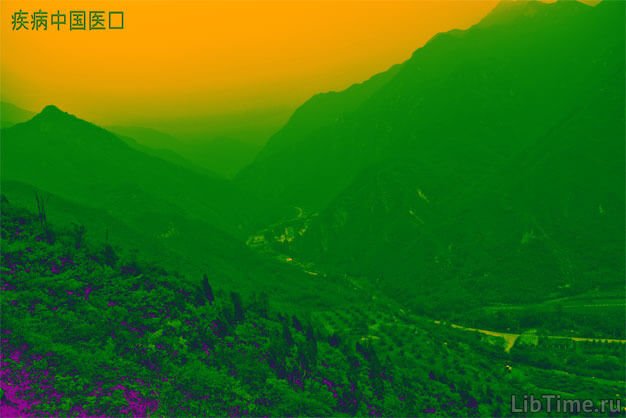Chinese medicine is an ancient science
Chinese medicine is an ancient science and is highly valued on a global scale. With long traditions and many remarkable achievements, Chinese medicine is a concentrated expression of the wisdom, observation, experience of the great people who created it - the creator of one of the oldest civilizations in the world. Chinese medicine is an expression of the wisdom, observation, and experience of the people who created it.
Chinese medicine is an expression of the wisdom, observation, and experience of the people who created it.
Development of Chinese medicine
Chinese medicine, the origins of which are lost in the depths of millennia, developed and enriched along with the general progress of national culture. It is an integral part of the national cultural heritage.
Along with a number of very primitive and clearly unacceptable in our time, Chinese medicine, which has absorbed the experience and knowledge of thousands of generations, at the same time has an undoubted priority in many important discoveries.
Priorities of Chinese medicine
- As early as the 6th century B.C., China developed a method of diagnosis based on the state of the pulse.
- At that time, when most countries of the ancient world were indiscriminately dominated by witchcraft and mysticism, Chinese doctors were already using a rich arsenal of medications, applied mechanotherapeutic methods of treatment based on a materialistic understanding of the structure and function of the human body, its connection and interaction with the surrounding world.
- In China, earlier than in other countries, medicines of mineral origin, for example, mercury for treatment of skin and venereal diseases, were used.
- China has an undoubted priority in the discovery of variolation by human smallpox, as well as ways to treat diseases associated with nutritional decline.
- More than two thousand years ago, the medics of this country found on the surface of the human body about 600 points, in which lie certain nerve endings.
- Experimentally, they found that through irritation applied to these points, you can affect the central nervous system, and used these findings to create a unique and very effective method of treatment - therapy acupuncture and moxibustion - zhentsyuterapii.
- With more than 20 thousand classical works on all branches, Chinese medicine in ancient times had deeply and thoroughly developed theories of treatment and prevention of diseases (more details: Types of medicine. Empirical medicine).
- But even greater are its practical achievements, its wealth of clinical experience.
- Thanks to its ability to effectively treat many diseases, Chinese medicine has faithfully and successfully served its people for thousands of years, playing a role in national health care and enriching the medicine of many countries

Recognition of Chinese medicine by the people of China
In its centuries-long history, Chinese traditional medicine has experienced, like the national culture, periods of rise and periods of decline, (Read more: Medicine of ancient China). But the people of China have never withdrawn their support for it; it has always been highly recognized by the indigenous population.
It was this support that allowed Chinese medicine to maintain its position even in times when the government set out to destroy national medicine by contrasting it with the medicine of the West.
The coming together of two medical schools
The rapid growth of Chinese medicine and health care began with the formation of the People's Republic of China.
Bringing together doctors from Chinese and European medicine
- was central to the policy of the time. This unity in providing medical care to the people and fighters of the Chinese National Liberation Army gave great success in the Sino-Japanese War, when the liberated areas blockaded by the enemy were in an extremely difficult situation.
It was then, overcoming enormous difficulties, in close contact with each other, that doctors of Chinese and European medicine were able not only to provide services to the rear and the front, but also to create the foundations of the new Chinese health care, in which there was no room for rivalry, but mutual support and enrichment of the two medical schools.
After the liberation of the country, a half-million-strong army of Chinese medicine workers, with the same unanimity as the whole nation, actively engaged in the cause of the nation's health. At that time, China ended epidemics of cholera, smallpox, plague, (Read more: Epidemic Diseases in Chinese Medicine).
Typhus and relapsing typhus, malaria, and schistosomiasis became rare in many areas, and the general sanitary conditions in the cities and especially in the country's villages were greatly improved. At that time, doctors of Chinese medicine undertook the health care and treatment of many hundreds of thousands of participants in the grand, truly nationwide construction of the Huang He River curbing.
The focus of Chinese health care
In the field of Chinese health care was focused on the implementation of four main courses:
- The main course is prevention;
- facing the population of the country;
- cohesion between Chinese and European doctors;
- close communication with the masses.
Chinese doctors perceive and develop the heritage of domestic medicine, discarding everything harmful, not scientifically confirmed, outdated, and absorb all the best that is available in the medicine of other countries.
This stipulates the necessity of underlying the data of traditional medicine a solid foundation of modern theories and methods of research, the creation of special research institutes and laboratories. But no less important is the study of doctors of European medicine with their colleagues, bearers of the glorious and ancient traditions of Chinese folk medicine.
Such study, where Chinese folk medicine itself acts as a teacher, has already brought favorable results.
And it cannot be called accidental that among doctors of traditional medicine the number of those who reveal their valuable secrets and apply their skills in many urban and rural hospitals, where they willingly study modern science, and among doctors of European medicine the number of supporters and propagandists of Chinese medicine is also increasing day by day as they become acquainted with the treasury of Chinese folk experience.
And there is no doubt that this treasury, thanks to the unity of Chinese and European medicine, will enrich not only Chinese health care, but also the whole world medicine, the level of development of which the medical workers of China are striving to achieve in the shortest historical time.


